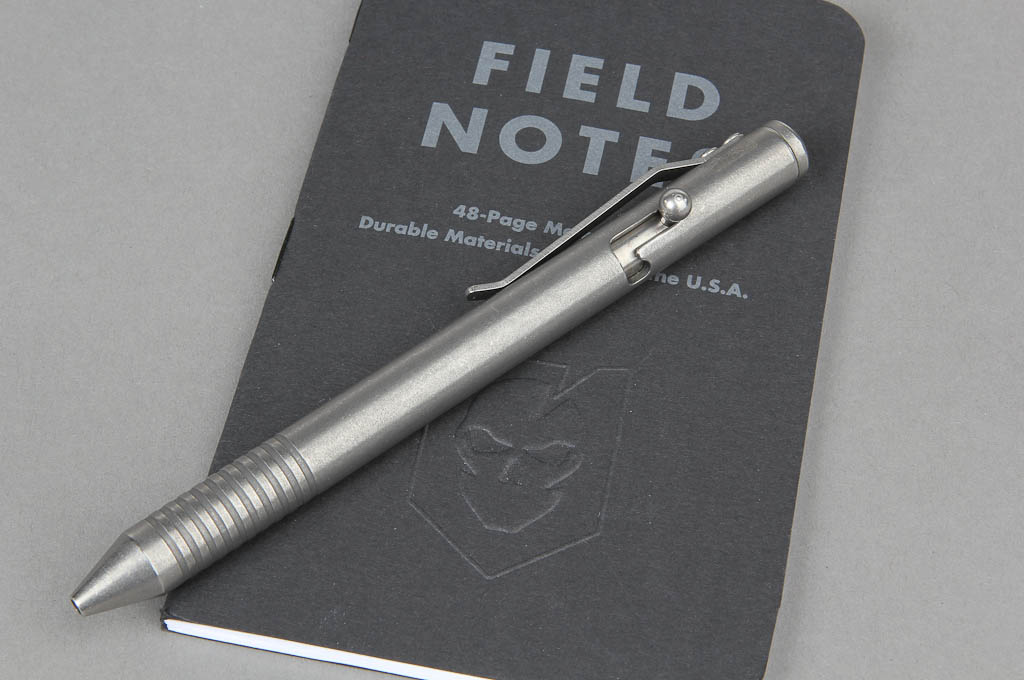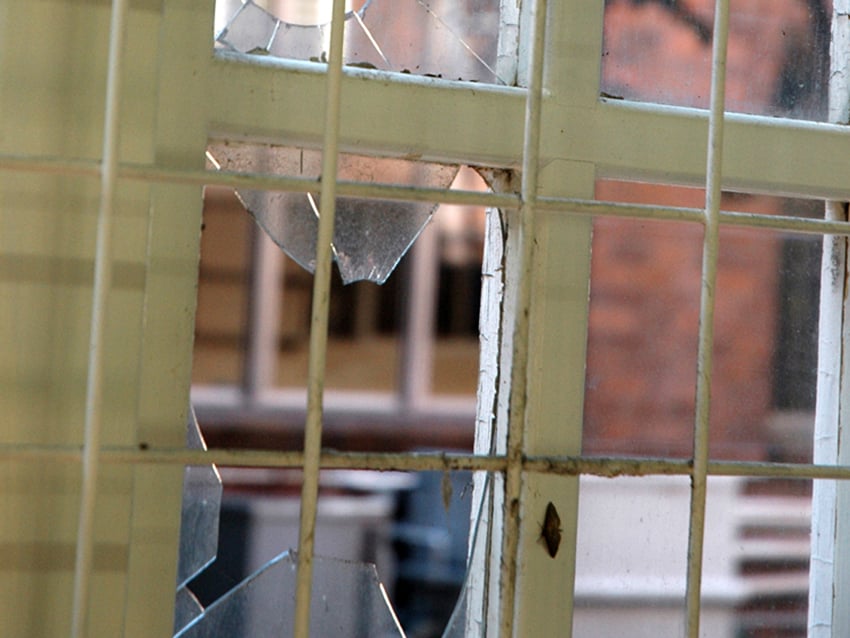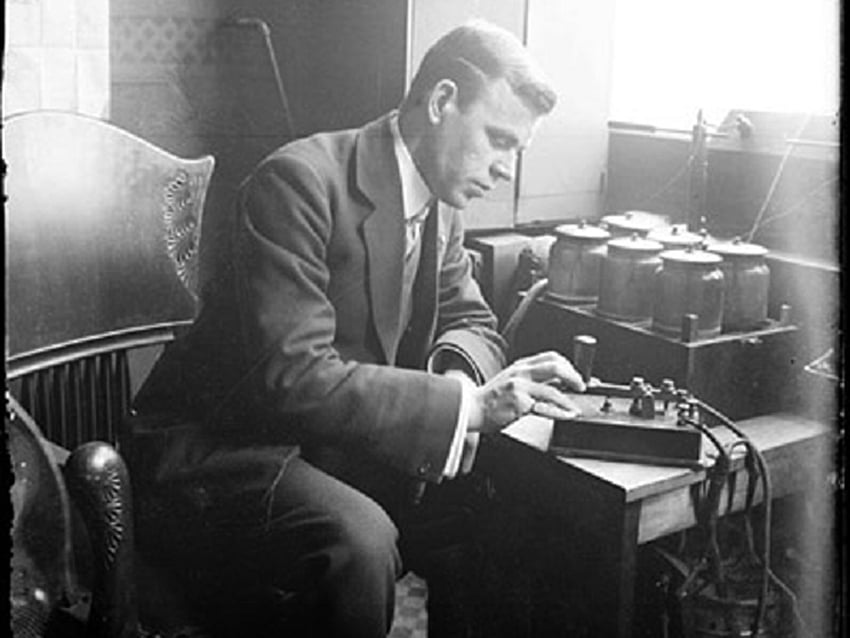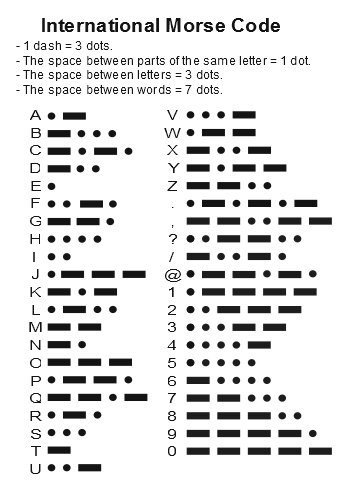Editor-in-Chief’s Note: I’m thrilled to welcome Tony Blauer of the SPEAR System as a contributor to ITS. I’ve just recently returned from an Extreme Close Quarter Counter-Ambush Course presented by Tony, along with Jeff Gonzales of Trident Concepts. While an AAR is in the works, I felt this article was important and timely to get out before I talked about all the great information I learned at the course.
DISCLAIMER: I need to be careful not to fly off on one of my tangents. There’s so much to say, this can easily turn into a rant that would make Dennis Miller’s swearing seem tame. This isn’t going to be a crash course in kung fu either; instead you’re going to get simple reframes, a checklist and a to-do list. The rest is up to you (as it always is).
This article is for YOU. It’s about your real world responsibility, (which should actually be written: “response-ability,” or one’s ability to respond.) It’s also about your vicarious liability (which should be written vicarious “lie-ability,” which is the act of putting yourself or your family in harm’s way while being cavalier or overconfident about real world danger.
Let’s keep this simple, blunt and strategic. To say I’m disgusted by the Knockout Game (KOG) would be an understatement.
Here’s what I’m not going to do in this article:
- I’m not going to discuss race.
- I’m not going to discuss parenting.
- I’m not going to discuss the decaying moral fiber of society.
- I’m not going to discuss how our PC world has contributed to these brazen acts of violence.
- And lastly, I’m not going to discuss secret martial techniques.
- My system is based on behavior. Therefore my observations and recommendations will all be about behavior. (That means you can change and apply it today.)
Reframe: The Ambush
First lets reframe something that will change paradigms. I get asked this all the time, “How do you defend against an ambush?” My answer: “You can’t, that’s why it’s called an “ambush.” Yes, you can train to anticipate, intercept and weather an attack, but there is no magic style or technique to defend against the non-telegraphic ambush. If you can’t defend against the ambush, then what do you do?
Get Off The X, Get to the Left of the Ambush
This isn’t Star Trek where people beam-down into your personal space. In other words, there are always pre-contact cues. Getting off the X is about situational awareness. It’s about being observant. I wrote about this recently. (Re-read “X” Marks the Spot. Get off the X after you’ve digested this article.) Bluntly folks, get your head out of your @ss and off your cell phone when you are walking and driving (I’d recommend the same thing when you’re at dinner in the company of other humans too.)
No Awareness = No Ability to Counter
No awareness = no flinch response = no chance. Everyone but one saw the bat coming in the photo below. How? Because they were watching (situationally aware.) They picked up on the pre-contact cues, (bat slips from hands) which allowed their body’s survival system to move first. Your flinch will always beat you to the punch in a surprise attack. This is the foundation of all S.P.E.A.R. System training. Photo Courtesy Sports Illustrated.

If you lack awareness, your survival system can not do its job properly. You make it even harder if you are fixated on a smartphone. When you are out and about, pay attention.
Let’s call a spade a spade: you can’t counter a perfect ambush and that’s precisely why it was called “an ambush.” When the intended victim intercepted or disengaged the assault, it was called an “attempted ambush.” This is important because it helps you start thinking about the bigger picture and what it really means to get to the left of an ambush.
Vulnerability Assessment & Improving Awareness
How would you attack you? This is a neat concept. It’s so simple. Spend some time thinking about when you could attack you. Is it walking down that alley daydreaming, not noticing the gang of hooligans approaching? Do you sit in your car checking emails unaware of people studying your routine? Follow yourself for a week and make notes of when you could sucker punch yourself, grab your purse/wallet or steal your car. You’ll be amazed at what you can learn about your situational awareness. Now here’s the cool stuff, doing this activates your reticular cortex. Whenever you send a message to the reticular cortex, like “stay alert,” or “look out for gangs,” it actually makes the change in your brain and you become more intensely aware and alert to your surroundings. Scientifically speaking, “the reticular activating system helps mediate transitions from relaxed wakefulness to periods of high attention.”
The Three D’s:
- DETECT (to avoid)
- DEFUSE (to de-escalate)
- DEFEND (to protect)
“Action is faster than reaction; in-action is faster than action” – BTS Maxim
If you’re having discussions with your martial arts pals on best moves, or you’re searching YouTube for “counters for sucker punches,” then you’re already standing on the “X.” Understand? You completely missed detect and defuse. A lot of people get stuck in this trap, “What’s the best counter to XYZ?” The problem with this thinking is that to practice the counter, you must practice the attack. Therefore you always practice letting yourself get attacked in order to practice the counter. Interesting irony. But more importantly, no one is working on avoidance and de-escalation. Accessing the skills honed in the gym gets even more unlikely when you consider that in a true ambush, there’s no consent and no awareness of the attack. In the real world, the hand is quicker than the eye and the hand is quicker than the brain. If you’re trying to figure out which style of martial arts is best, then you don’t understand math, physics and physiology.
Let’s Play the Knockout Game!
What’s required to play?
- A complacent victim with little situational awareness.
- Douche-bags.
The first pre-contact cue is typically a gang and a lone person. (Light bulb!) Start there. See a gang? Get to the left of the ambush as soon as you. You’re alone? Find a buddy.
Tips & Tricks
- Identify your routine and any opportunity you provide to “opportunistic douche-bags.” Change what they’re looking for and then you’re not “it.”
- Walk with your own gang when you know you’re going through choke points. Leaving a restaurant alone? Ask the manager for an escort. Same for underground parking lot, ask for an escort. Four eyes are better than two. There are lots of courageous bystanders and good samaritans near you, look for them. (Also, how you ask will also influence their willingness to assist. Be honest and be smart.)
- Walking solo in a subway, bus stop, etc.? Think about your next step. Pause, assess and scan. FYI, you do this every time you step off a side-walk (in other words, it’s not a new behavior and it’s not a paranoid behavior.) See #2 – practice the lost art of talking to another human – ask if they’d walk with you.
- Keep your head up & eyes alert. Diffuse your vision.
- Keep your hands free (yep, no phone.) *While this can happen anywhere, you should know when its pseudo-safe to have your phone out.*
- Trust your gut. Re-read my article on the Economics of Violence for a review on “paying attention.”
- Err on the side of safety. Even if you think something is about to happen immediately, change your direction, make noise, create attention. If you were wrong about the pre-contact cue, (i.e. false alarm) the worst that happened is you are embarrassed. The alternative (ignoring the perceived threat) could be much worse.
- If you’re driving and see someone walking into the kill zone, slow down and honk like an idiot (same if you’re on foot, yell.) Don’t hesitate just do something (you’d want someone to do it for you!) If you can roll down your window and shout, “the police will be here in a moment. The cameras are recording this.” (Point to the pretend CCTV camera.) Verbal deception is a great tool to create a mental distraction in the bad-guy’s mind. It creates doubt & hesitation and it just might dissuade or divert the attack. At a minimum, it buys you time and allows you to shift psychological gears.
Just reading this has activated your reticular cortex and now you are safer than you were 10 minutes ago.
Step 1. Commit to the homework. Think about and apply the suggestions.
Step 2. Practice all the skills and drills suggested in advance of any real threat. Do it, rehearsals are great.
Think of self-defense as a behavior not a technique. Remember, you are a human weapon. Be your own bodyguard.
Bonus Section – Value Yourself
(This is why you might not do any what was suggested above.) You actually need to think that you’re important and worth fighting for. This might seem stupid or confusing, but there’s more to it than just reading the sentence. In fact, there’s a profound depth to this principle and the conversation you need to have with yourself.
Cognitive dissonance, apathy, denial or other avoidance strategies convince us this training and awareness isn’t really necessary. Logically, you do agree with me that you’d rather make a speech than get your ass beaten, right? But fear of public speaking is usually #1 on the list and the threat of physical violence doesn’t even surface. If you’re tracking my philosophy then you understand that all our training is behaviorally based and in that reality, the mind navigates the body. How you feel about yourself can influence how you would react and what you would (or wouldn’t do) will affect your performance. It’s a subtle truth, rarely discussed but integral to tapping your indignation, which I liken as “fuel for the fight.” You need to know in advance of an attack that you will protect yourself and your family. On the other side of the coin is the false assumption that you need some sort of technical or tactical training, or background, to fight back. You don’t. You just need to fight. So give yourself permission to fight back. Review this article for more insight: Thou Shalt Not Fear Fear
To practice self-defense properly you need to value yourself.
Stay safe,
Tony
Editor-in-Chief’s Note: Tony Blauer is a world renowned combatives instructor and the developer of the SPEAR System. His philosophy and mission has remained constant since 1979, always searching for a better way. Not trying to perpetuate a style; instead to educate an international community on the importance of psychology, fear management and behaviorally sound tactics.
His company, Blauer Tactical Systems (BTS) along with his Personal Defense Readiness (PDR) team continues to research and evolve personal and professional safety training and products. Tony has also recently partnered with CrossFit to develop CrossFit Defense, promoting the parallels between the CrossFit philosophy and the SPEAR System.

























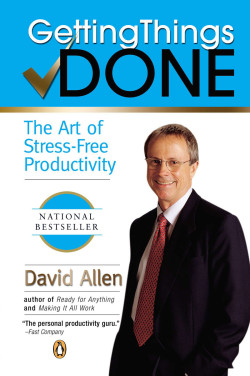 Everything has a place, right? Determining what to do with something is one of the core principles I follow and one that I honed thanks to David Allen, the author of
Everything has a place, right? Determining what to do with something is one of the core principles I follow and one that I honed thanks to David Allen, the author of  You need a trusted system that you can use to review all those things. A simple to-do list might work, but if you follow the project/next-action core of GTD, you’ll need something better. While I’d again encourage you at this point to read GTD, I’ll get into what I use to manage my life.
You need a trusted system that you can use to review all those things. A simple to-do list might work, but if you follow the project/next-action core of GTD, you’ll need something better. While I’d again encourage you at this point to read GTD, I’ll get into what I use to manage my life.